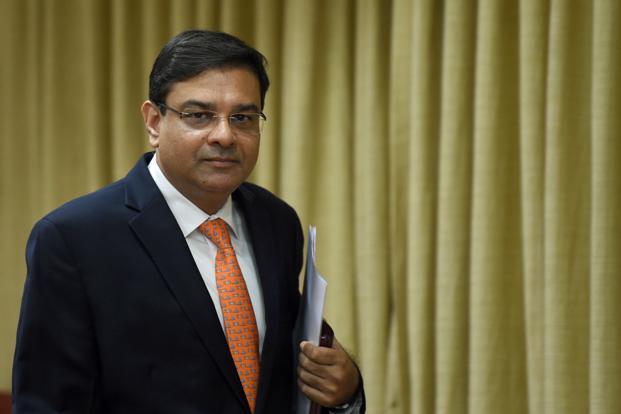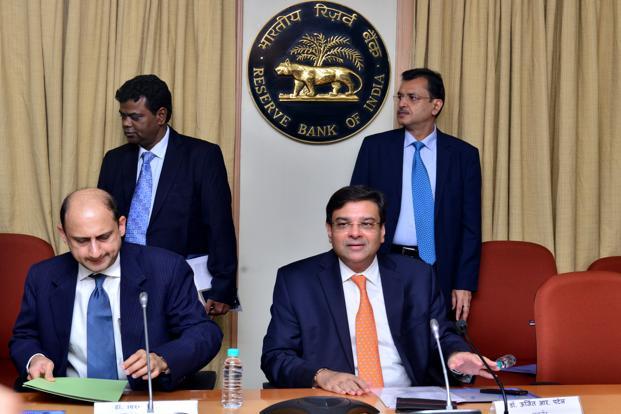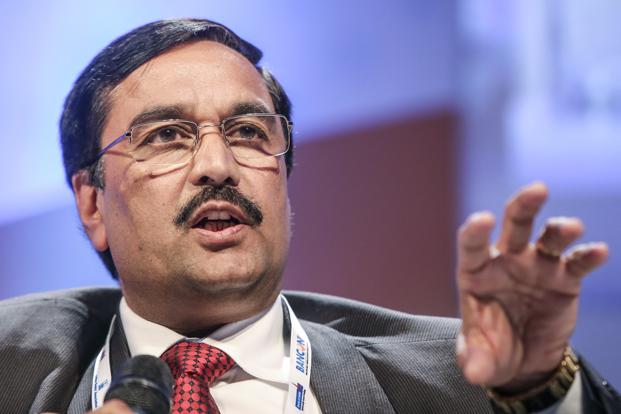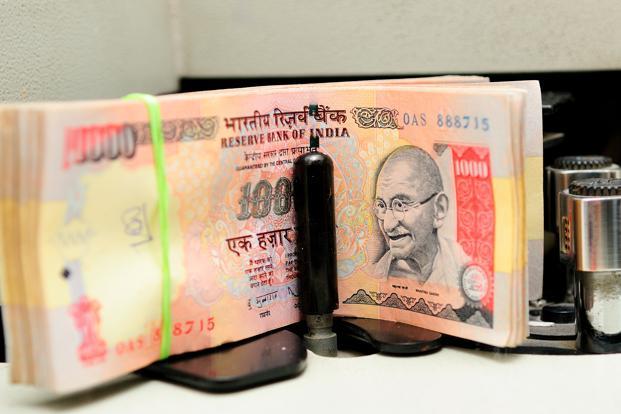As expected by most economists and analysts, the Reserve Bank of India (RBI) on Wednesday raised the repo rate by a quarter percentage point to 6.5%, the second such hike in two months. The move makes money more expensive in the world’s fastest growing major economy, but the Indian central bank’s monetary stance remains unchanged—neutral.
Logically, two successive rate hikes indicate the beginning of a rate-hiking cycle even though there is no certainty on when RBI will go for its next rate hike.
In other words, one should not read too much into its neutral stance; its action will depend on the incoming data and developments—both domestic and external.
In some sense, it has frontloaded the rate hike to dampen inflationary expectations.
Reserve Bank of India deputy governor Viral Acharya’s comment at the post-monetary policy press conference that the impact of the rate hikes is felt with a lag effect gives one the impression that the next rate hike may not happen too soon—not at least in the next meeting of RBI’s monetary policy committee (MPC) in October. This is why bond prices rallied even after the rate hike announcement. A drop in oil price during the day also contributed to the bond rally.
RBI sees too many risks and uncertainties all around. Even though the economic activities globally continued to maintain steam, the pace of growth has become uneven and risks have increased on account of an escalating trade war which may lead to a currency war, high and volatile oil prices, and tightening of financial conditions. On the domestic front, the south-west monsoon has been recovering after a brief deficit spell in the second half of June. However, there is a considerable uncertainty surrounding the central government’s decision to raise minimum support prices (MSPs) to at least 150% of the cost of production for all kharif crops. While a part of the increase in MSPs, based on historical trends, has been included in the RBI’s inflation projections, the exact impact would depend on the nature and scale of the government’s procurement operations.
Indeed, the reduction in goods and services tax (GST) rates on several items will likely have some positive impact on inflation but the significant rise in the so-called core inflation or non-food, non-fuel inflation has been broad based, signalling rising input costs and improving demand.
This is possibly why RBI has frontloaded the rate hike. Also, keeping all these in mind, it has raised the retail inflation projection marginally from 4.7% to 4.8% in the second half of current fiscal year and 5% in the first of next fiscal year, 2020, with risks “evenly balanced”.
Its GDP (gross domestic product) growth projection for the current year, however, remained unchanged at 7.4% but for the first half of next year, it has projected a marginally higher 7.5% GDP growth. MPC has noted that domestic economic activity has continued to sustain momentum and the output gap has virtually closed.
Both the policy document as well as RBI governor Urjit Patel repeatedly emphasized on the MPC’s objective of maintaining the retail inflation target at 4% on a durable basis. Against this backdrop and the raise in projection of inflation in the first half of next fiscal year and the central bank’s worry about possible fiscal slippage and rupee depreciation, it is for certain that the latest rate hike is not the last in Asia’s third-largest economy. There will be more. How many and when are anybody’s guess at this point in time.
The neutral stance does not say much on the future course of action.



